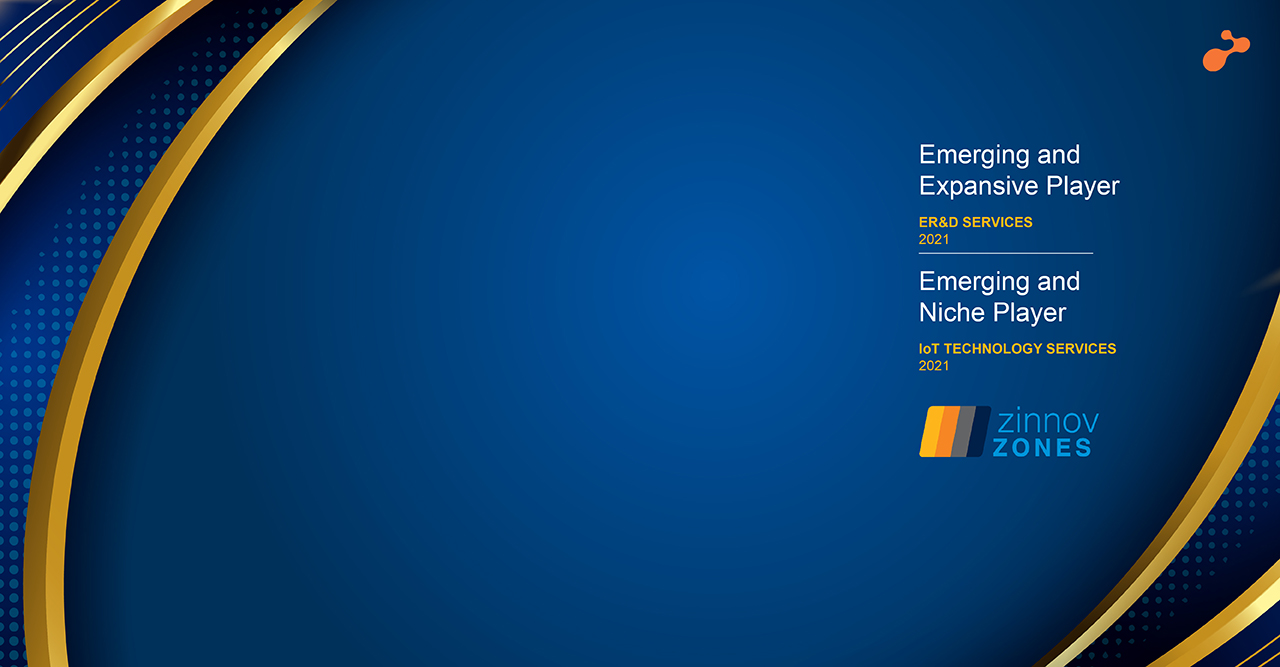The rise of mobile computing is they key factor responsible for forcing organizations to rethink their business model and reinvent themselves to reap the full benefits of Enterprise Mobility. For this Enterprises need to adopt a holistic approach to mobility and one of the key facets to address in the initial planning stage itself is security. This article outlines some of the key factors that define a great Enterprise Mobility strategy.
User device – Personal or corporate?
High smartphone adoption by the tech savvy workforce puts pressure on the Enterprises to allow access anytime, anywherenot only via corporate devices but also on their personal devices. Additionally, since these devices work on multiple platforms such as iOS, Android and Windows, Enterprises have to address the security concerns such as data thefts or data losses as a part of the strategy. Mobile Device Management and VPN for mobiles can help in addressing these issues to a great extent.
Secure Enterprise App Access
With Enterprise Apps gaining a strong foot hold in today’s business environment, organizations looking at deploying a strong Enterprise mobility strategy have to ensure that such apps are developed, managed and deployed in an easy and unobtrusive way. Strong authorizations policies are also mandated to ensure that the sanctity of the data is preserved without compromising on end user convenience by:
- Authorization management
- Self-service deployment
- Data security
Secure data access and connectivity policies
Organizations need to ensure seamless and secure access to data anytime, anywhere while adhering to IT protocols as an integral part of their enterprise Mobility strategy. Some of the things that the workforce will demand are:
- Implement secure cloud service for convenient access, storage and retrieval of business documents
- Ease of operation through access to virtualized business applications
- Easy collaboration for increased productivity and reduced operational timelines
User acceptance
Flexibility, ease of use and quick access are key for user acceptance which forms the core of a successful mobility strategy. Rich custom applications, easy to use functionalities and a comprehensive desktop lie experience can mitigate resistance in enterprise mobility adoption. To ensure a seamless user experience organizations should ensure an end to end experience of a user friendly application, provide remote support as well as full featured enterprise app store
For organizations to gain maximum ROI from enterprise mobility while reducing security risks the architecture should address mobile security, app provisioning, mobile productivity and BYOD in a single unified infrastructure.





.jpg)
